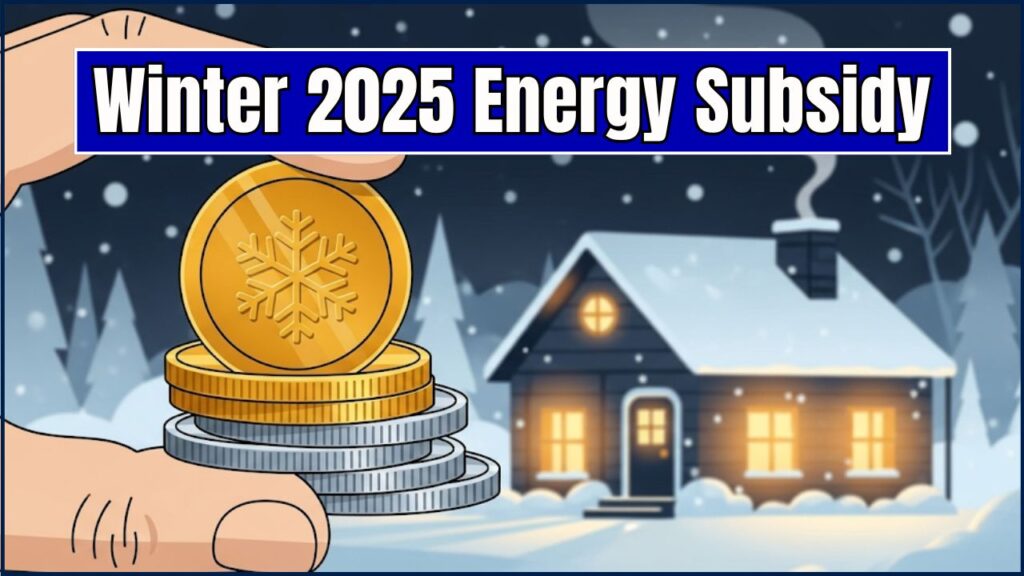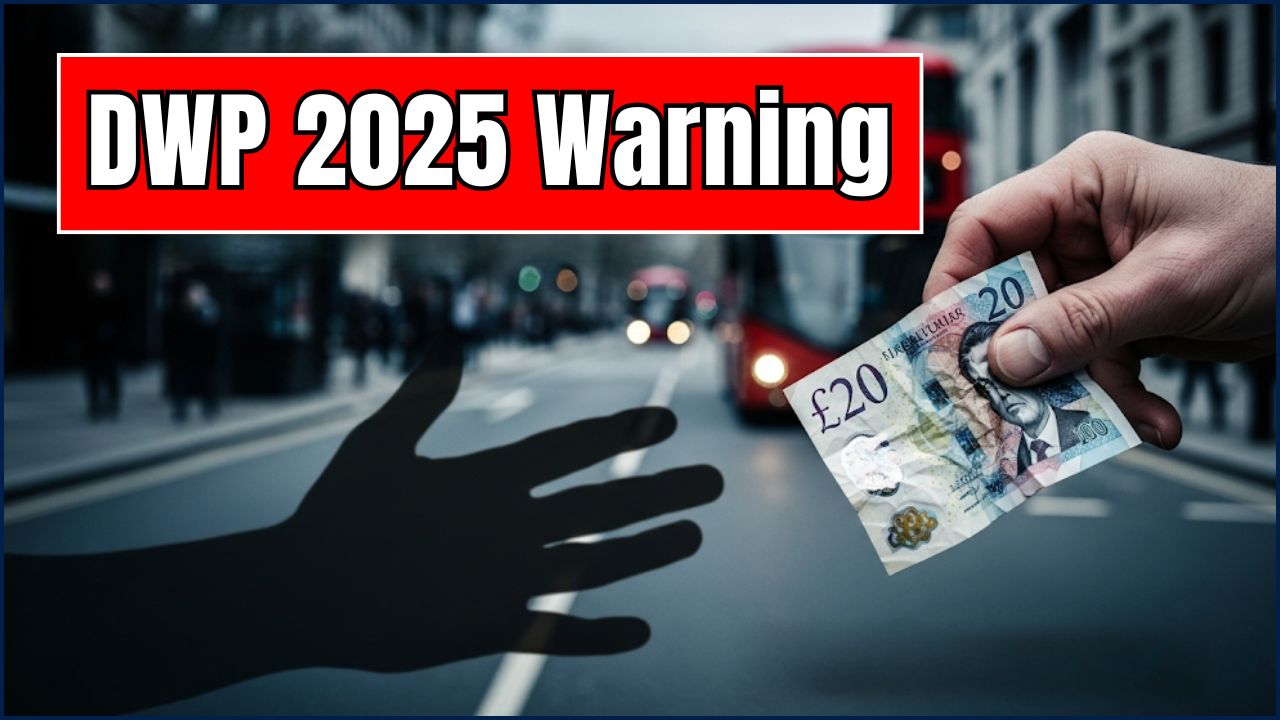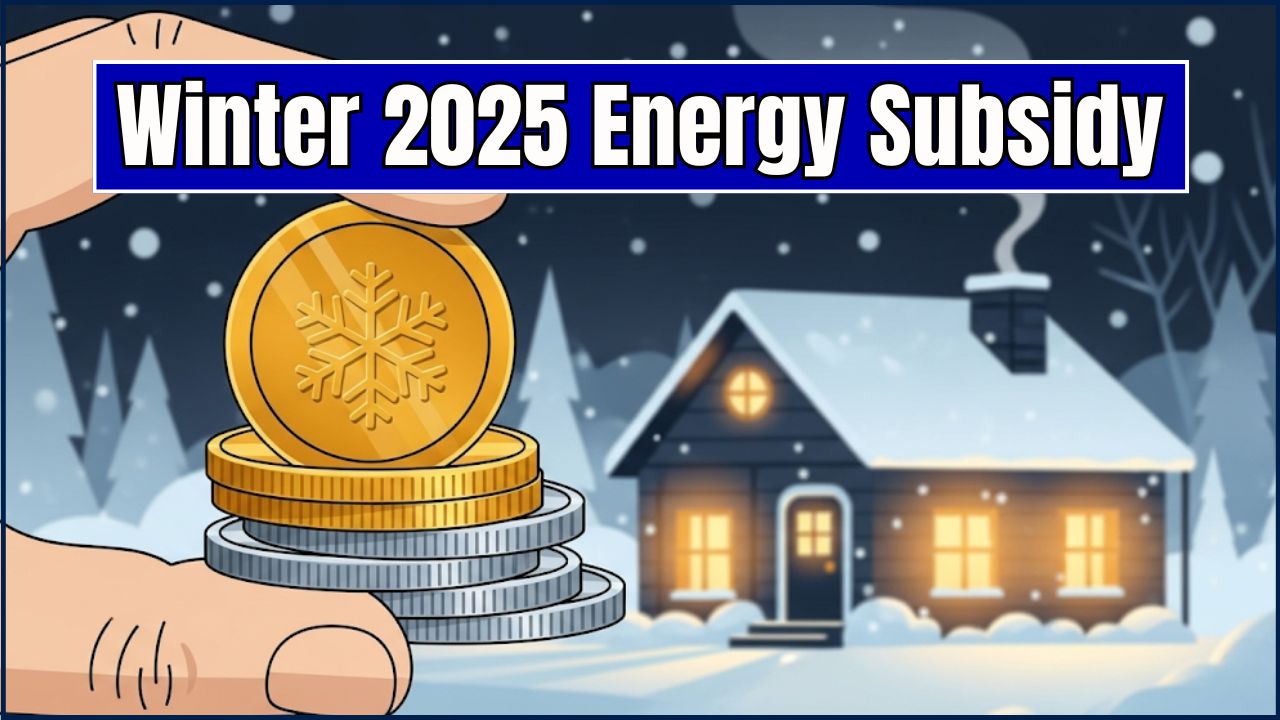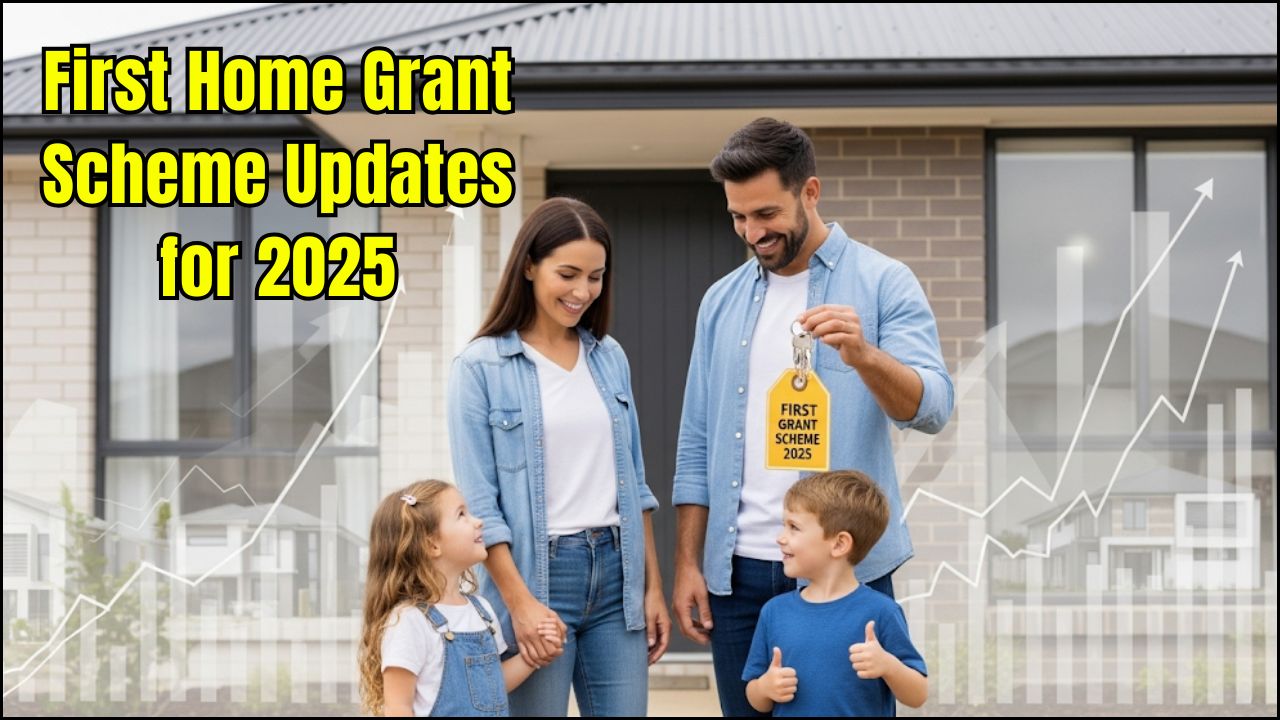
As winter draws near, many households are bracing for the inevitable increase in energy costs. The cold months tend to drive up electricity and heating bills, leaving families feeling financially stretched. But the good news is that there’s help! The Winter 2025 Energy Subsidy programs are here to provide much-needed relief. Whether you’re a homeowner, renter, or a low-income family, these programs can help you manage your energy costs. Let’s dive into the details and explore how you can get your share of the savings.
Winter 2025 Energy Subsidy
| Key Data & Stats | Details |
|---|---|
| Target Audience | Homeowners, Renters, Low-income households |
| Average Savings | Up to $300 annually depending on your location and energy usage |
| Eligibility | Varies by program, generally based on income and household size. Check official websites for specifics. |
| Applications | Online applications available for most programs. |
| Important Websites | Energy.gov, LIHEAP.gov |
The Winter 2025 Energy Subsidy programs are a valuable resource for millions of Americans, providing the financial relief needed to manage higher energy bills during the colder months. By applying for LIHEAP, WAP, and other state programs, you can significantly lower your energy costs and ease the burden of winter expenses. Additionally, solar panel incentives offer a long-term solution for reducing monthly energy bills.
If you act now, you’ll have plenty of time to gather your documentation and apply for these subsidies before the winter season hits. Don’t miss out on the opportunity to save money while staying warm this winter.
Understanding Winter 2025 Energy Subsidies
Energy bills can account for a significant portion of your household’s expenses, especially during the colder months. In 2025, several energy subsidy programs are available at both federal and state levels, aimed at reducing this burden. Winter 2025 Energy Subsidies are designed to provide financial assistance through rebates, subsidies, and discounts to lower your energy consumption costs.
These programs are specifically targeted to help low-income households and renters, but homeowners can also benefit from energy-efficient upgrades. The subsidies ensure that families don’t have to choose between staying warm and paying for essential goods.
Types of Energy Subsidies Available for Winter 2025
1. Low Income Energy Assistance Program (LIHEAP)
The Low Income Energy Assistance Program (LIHEAP) is one of the most widely recognized programs aimed at helping households with low incomes manage their heating and cooling costs.
- How it Works: LIHEAP provides a direct payment to your utility provider to cover part of your energy bills. This payment varies based on your household size, income, and energy usage. For example, a family of four earning $40,000 or less may receive a larger subsidy.
- Eligibility: To qualify for LIHEAP, your household income must fall below a specific threshold set by your state. The eligibility guidelines take into account family size and income. Priority is given to households with elderly members, children under five, or those with disabilities.
- Application Process: Apply through your local LIHEAP office, either online or by mail. Make sure to submit required documents such as proof of income, identity, and utility bills. The application period usually begins in late fall and ends in early spring.
2. Weatherization Assistance Program (WAP)
The Weatherization Assistance Program (WAP) helps low-income households improve the energy efficiency of their homes by installing insulation, replacing inefficient heating systems, and sealing leaks. This program aims to lower your heating costs in the long run by making your home more energy-efficient.
- How it Works: If you qualify for WAP, a professional will come to your home to assess energy inefficiencies. This may include sealing windows, installing insulation, or fixing drafty areas to make your home warmer and more energy-efficient.
- Eligibility: Eligibility is based on income, and priority is given to families with young children, the elderly, and disabled members.
- Application Process: Contact your local WAP office to apply. Similar to LIHEAP, you’ll need to submit income verification and details about your energy consumption.
3. State and Local Energy Programs
In addition to federal programs, many states have their own energy assistance programs. These programs can offer additional financial support, ranging from discounts to outright rebates on energy bills, or even energy-efficient upgrades.
- How it Works: These state programs typically provide direct subsidies or rebates on your energy bills. Some programs also offer discounts for weatherization improvements or solar panel installations.
- Eligibility: Each state has its own criteria, often based on household income. Be sure to check local government websites for specific details on your state’s programs.
- Application Process: Applications can be made directly through the state’s energy department or your utility provider. Some states have fast-track applications for seniors or families with small children.
4. Solar Panel Incentives and Subsidies
Installing solar panels can provide long-term savings on energy bills, and the government is incentivizing these investments through tax credits and rebates. The Investment Tax Credit (ITC) allows homeowners to deduct a significant portion of the cost of solar panel installations from their federal taxes.
- How it Works: The ITC provides a tax credit of 26% of the installation cost of solar panels for homes, which can be a significant financial relief. This helps homeowners make the initial investment without having to worry as much about the upfront cost.
- Eligibility: Homeowners who install solar systems on their primary residences are eligible. The panels must be owned (not leased) to qualify for the tax deduction.
- Application Process: Work with a licensed solar installer and complete the necessary forms when filing taxes. Your solar installer can guide you through the process.
How to Apply for Winter 2025 Energy Subsidies
Step 1: Assess Your Eligibility
To get started, make sure you meet the eligibility requirements for the energy subsidy program you are interested in. For LIHEAP and WAP, this generally means providing income verification. For solar incentives, you must own your home and install the system yourself.
Step 2: Gather Documentation
Prepare your documents, including:
- Proof of identity (e.g., driver’s license or passport)
- A recent energy bill
- Proof of income (e.g., pay stubs, tax returns)
Step 3: Complete the Application
Once you’ve collected your documents, submit your application through the official website or in person. Be sure to fill out all required fields accurately to avoid delays in processing.
Step 4: Wait for Approval
Once your application is submitted, it typically takes a few weeks for processing. You’ll be notified of the approval, the subsidy amount, and how it will be applied.
2024 vs. 2025 Winter Energy Subsidies – What’s Different?
Understanding the changes from previous years can help you prepare. Here’s a quick comparison of the Winter Energy Subsidies:
| Feature/Year | Winter 2024 Energy Subsidy | Winter 2025 Energy Subsidy |
| Primary Focus | Broad relief due to high energy prices. | Targeted relief, with increased focus on vulnerable households and energy efficiency upgrades. |
| Eligibility | Generally broader income thresholds. | Potentially tighter income criteria, with emphasis on household size and specific needs. |
| Application Process | Often paper-based or limited online options. | Streamlined online application, with improved digital support. |
| Maximum Benefit | Varied widely by region, often a fixed amount. | Higher potential maximums for those investing in specific energy-saving measures (e.g., insulation). |
| Supporting Documents | Basic proof of residency and income. | May require utility bills, proof of dependents, or quotes for energy efficiency work. |
Additional Tips for Lowering Your Energy Costs
1. Energy-Saving Tips
- Seal Windows and Doors: This can drastically reduce heat loss and lower heating costs.
- Use Programmable Thermostats: These allow you to adjust the temperature when you’re not home, reducing unnecessary heating.
- Upgrade to LED Lights: LED bulbs use less energy and last longer than traditional incandescent bulbs.
2. Consider Energy-Efficient Appliances
Upgrading to energy-efficient appliances, like Energy Star-rated fridges, water heaters, and washing machines, can save you money in the long term.
FAQs
1. Can renters apply for energy subsidies?
Yes, renters can apply for energy subsidies if they pay their own utility bills or if the landlord’s heating bill is included in their rent.
2. How much can I save with these programs?
The savings vary based on the program, your location, and your household size. Typically, you can save between $100 and $300 annually, with larger savings for households making energy-efficient upgrades.
3. What if I don’t qualify for these subsidies?
If you don’t qualify, there are still ways to lower your energy costs. Consider upgrading your home with energy-efficient appliances or weatherproofing your house to reduce heat loss.












